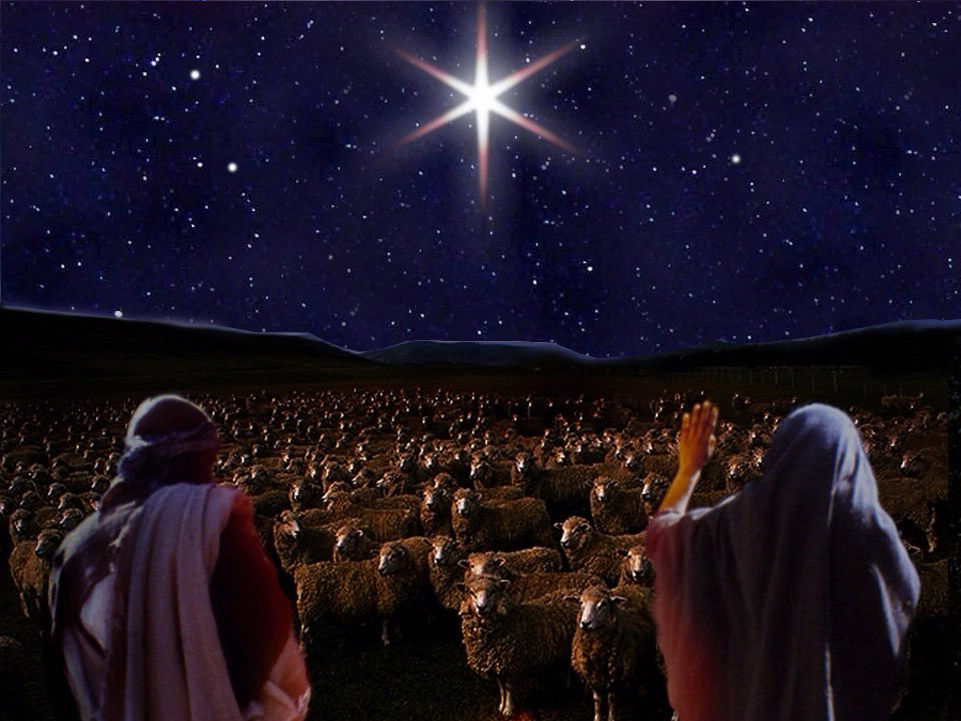One of my favorite old black and white science fiction movies was a classic called Earth Vs. The Flying Saucers. It had invading aliens, very cool, for its time, special effects and it was played straight. One of the hallmark phrases from the film comes when the aliens announce their intentions toward Earthly domination in a warbling, effects laden voice that declares, “People of Earth, Attention.”
These days the people of Earth’s attention seems to remain strongly fixed on the stars in general and one planet in particular. Mars appears to be replacing sharks as the primary fodder for cable and satellite television. The multi part series called cleverly enough, Mars, produced by Ron Howard mixes both real scientists describing the dos and don’ts of travel to the red planet interspersed with a handsomely produced and believable fictional visit to Mars complete with melodramatic elements.
We are now entering into the final stages of our earth year though where focus will shift to another historical celestial body, a star shining in the east. What was important about this star was not the light it generated but what its light was shining down on. The focus was from above back to earth…And as we seem obsessed in looking in the opposite direction some scientific facts may be in order to re-orient ourselves.
As stupendous an accomplishment human space travel sophisticated enough to weather a one way, six-month journey to our nearest planet may be, and as a thing devoutly to be wished as the makers of the Mars series seem to see it…There are even more spectacular reasons to consider life on another planet…earth.
This is not a faith statement, but rather a rumination of scientific facts. Scientists used to believe there were nearly countless other star systems that could support an earth like planet. That was way back in time in the 1970s when Dr. Carl Sagan proffered there were only two ingredients needed for an earth-like planet to exist. It had to have a sun just the right size and that sun needed to be just the right distance away. The pesky thing about science is that the more we learn the more we know we don’t know. Now the number of ingredients to make Earth soup is in the hundreds and that eliminates not billions of planets or hundreds of billions of planets, but actually octillions of planets…that number is represented by a 1 followed by 27 zeroes.
And zero is actually very close to the odds of even earth happening. Not only is our sun just the right size and just the right distance, we have a moon that is just the right size and just the right distance to monitor tides and keep us from wobbling so terribly in space that the seasons would cease to exist as we know them. And it gets weirder. We couldn’t exist if it weren’t for the other planets in our solar system. Jupiter is huge. It is so huge it blocks a lot of space rocks (some really, really big ones) from impacting the earth.
In less than one paragraph, Eric Metaxas, writing in the Wall Street Journal gives a jaw dropping account of just how narrow the margin was for the entire universe, let alone Earth to come into existence.
“Astrophysicists now know that the values of the four fundamental forces — gravity, the electromagnetic force, and the strong and weak nuclear forces — were determined less than one millionth of a second after the big bang. Alter any one value and the universe could not exist…if the ratio between the nuclear strong force and the electromagnetic force had been off by the tiniest fraction of the tiniest fraction — by even one part in 100,000.000,000,000,000 — then no stars could have ever formed at all.”
So it is unlikely that we will have to deal with black and white alien villains demanding we pay attention any time soon, but as we study the universe and wonder in our entertainment how life on other worlds might be like, I would suggest the next time we look up at the stars, we think again about what the light from above is shining down on and be thankful that this wonderful and almost impossible creation was laid out to us like a banquet from a loving architect who had a thing for details down to one part in 100,000,000,000,000,000.

